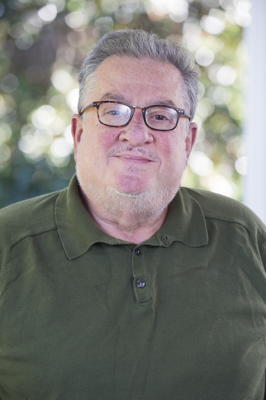Dr. Lucien Cremaldi

Office: 108 Lewis Hall Degrees Earned
Experience
Memberships
Research InterestsI have been involved for many years in studying the properties of heavy quarks. Some of the early work included the study of charmed baryons and lifetimes on the Fermilab photoproduction expert E691. In 2000 our group at the University of Mississippi began studying B-mesons and CP violation at the SLAC B factory on the BaBar experiment. Measurements from this experiment firmly associated CP violating effects with the weak phases in the CKM matrix. In 2013 we began working on the Belle II experiment at the SuperKEKB accelerator in Japan. At 80 times the luminosity of BaBar , there is a great potential to discover Beyond Standard Model (BSM) physics in B-meson decays. I am currently focusing my research on BSM physics that may be associated with B→D*ℓν and B→D*τν decays. With great discovery potential of the Large Hadron Collider (LHC) at CERN our group began working on the CMS Pixel Detector and the CMS Hadron Calorimeter circa 2000. In 2009 experimentation at the LHC began operating with 7 TeV collisions were realized. We studied QCD jet topologies, top quarks, and h→μ μ decays. In summer 2012 a Higgs boson was discovered at 125 GeV/c2. Now at 14 TeV the LHC searching for beyond standard model phenomena in its data, including super-symmetric particles. As proton-proton colliders reach their maximum reasonable extent our group has been involved in studying muon colliders. A μ μ collider can achieve circa 10 times the c.m. energy of the same energy pp collider. A focused beam of muons is hard to achieve. A first attempt was made at the MICE experiment (Muon Ionization Cooling Experiment) running at the Rutherford Appleton laboratory in the UK. MICE has produced the first cooled muon beams, needed to achieve bright μ μ collisions. Much R&D remains for the future and we are involved in efforts in the U.S. and CERN. |